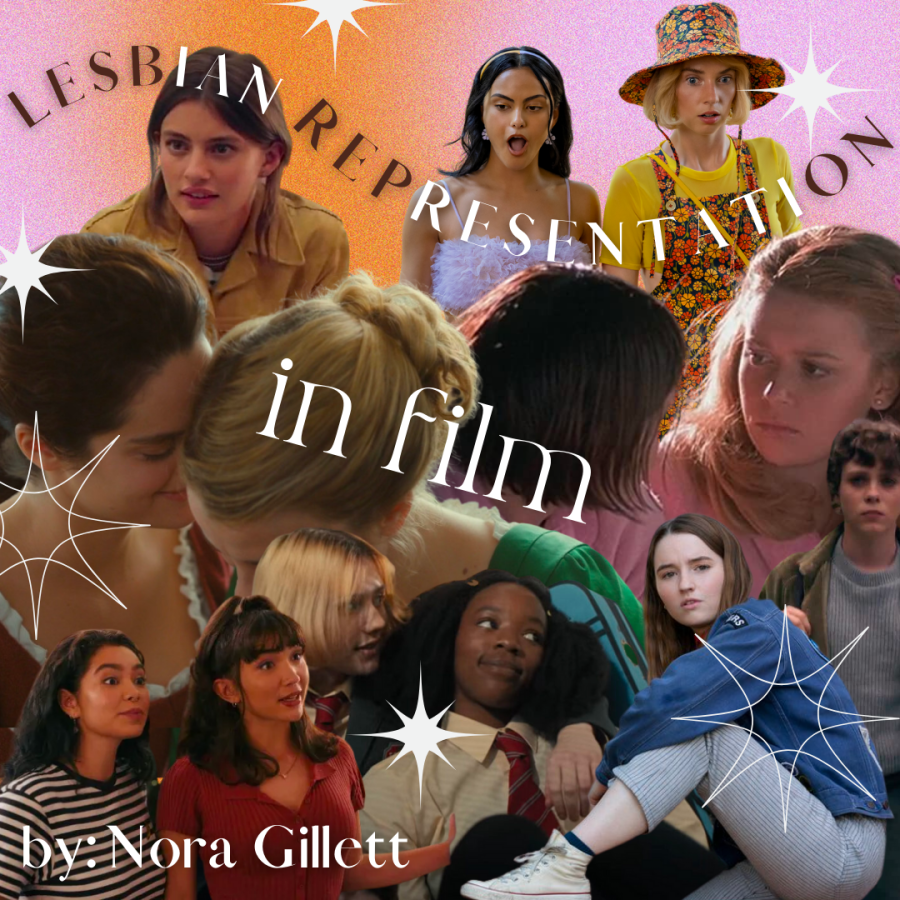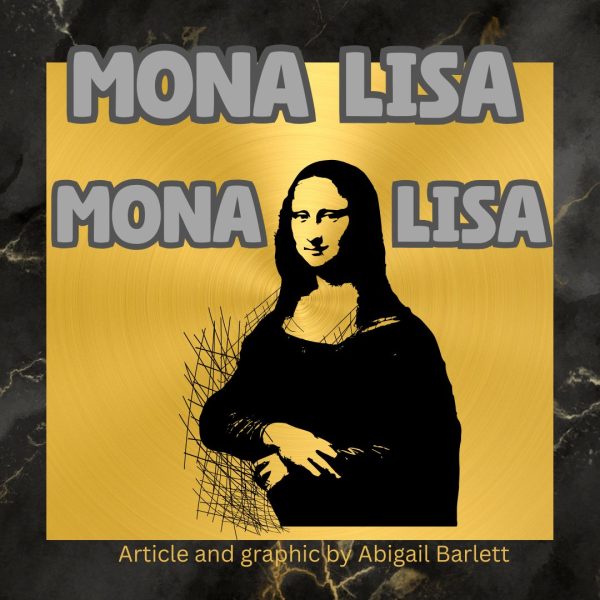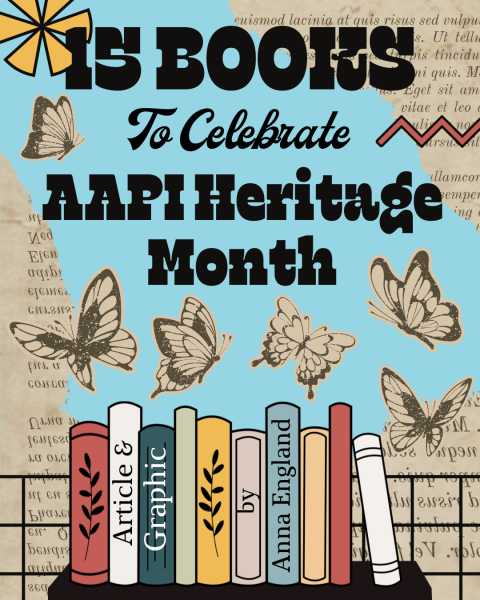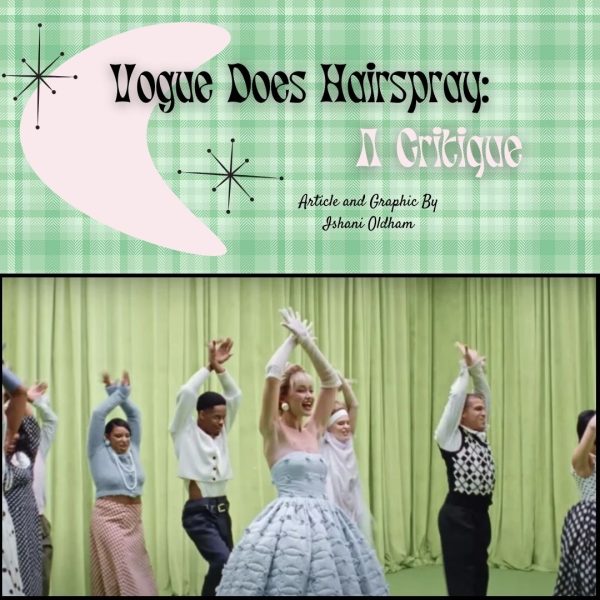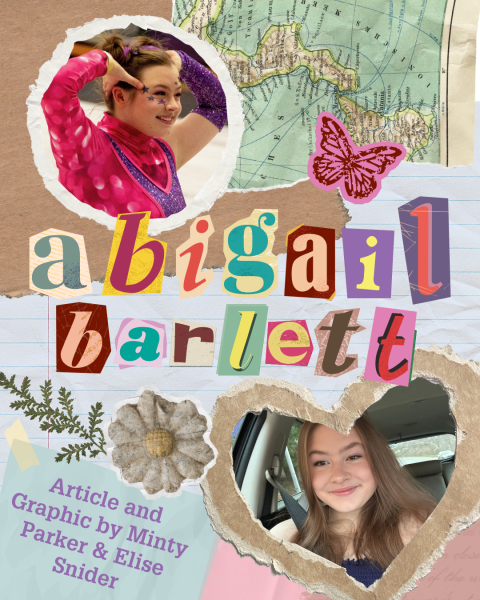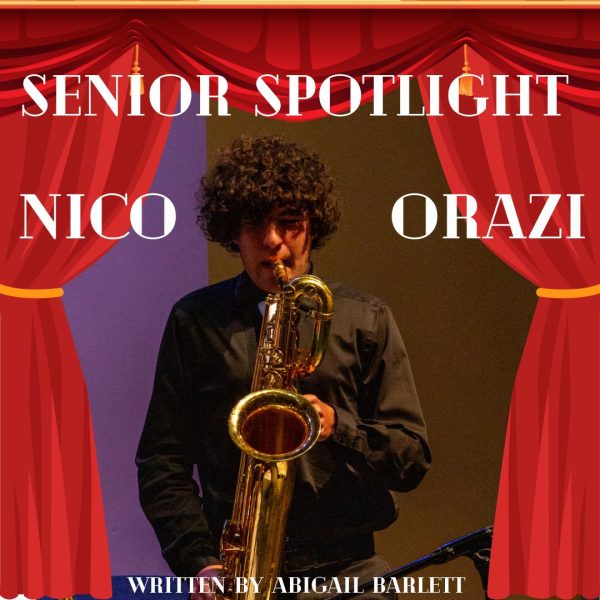Representations of Lesbians in Film
Just under eight years ago, same-sex marriage was legalized in the USA. Media depicting queer love, however, has been created since the beginning of time. With the growth of technology’s presence in our world, things like movies and TV shows are becoming easily accessible, and a bigger part of society. Ever since the legalization of same-sex marriage, more media featuring queer love and couples is being released. Within this grouping of media, there are many different labels for different sexuality and gender identities being represented. Recently the homophobia against anything other than the classic gay couple or people in shows is becoming more evident. This classic couple or person being one or two white, cis, gay men. Though there is increased acceptance across forms of media, there continues to be homophobia towards more marginalized queer people. “I think it’s important for young audiences to get to see themselves in media. It can be frustrating when you try to look for yourself in media, and you have only one or two options. I’m sure it’s even more frustrating for queer women of color because the very little lesbian representation that there is in media is all white women.” says Abby Ryan, an Enloe student and film buff. I would be lying if I said there are no other examples, however from trans to unlabeled people, modern media lacks a satisfactory sum of queer people not portrayed as the villain or the victim.
When you google “LGBTQ+ movies”, the first movie to appear is Call Me By Your Name by Luca Guadagnino. Call Me By Your Name is a very famous movie adaptation of a book depicting a 17 year old Italian boy falling for the 24 year old archeology student staying with his family. I can’t say it’s not beautiful and an amazing film, but that’s not what this is about. The movie doesn’t represent their love as aggressive or wrong or even hint at that, though it is quite predatory and is a fetishization of a 17 year old gay boy. Other examples of this easy breezy trope are Heartstopper and Love, Simon both which show being in love as two gay boys as simple and harmless.
“I remember when pride month came around, and there’s that little LGBTQ plus category on Netflix that I went to, I got kind of excited.” recalls Abby, “And I went to it, and it was just white gay show. White gay. Movie, white, gay. Movie, white gay show. Oh, it’s a documentary. About gay men? Yeah.”
Oftentimes media features lesbian and bisexual women as side characters. Some more recent popular shows that are examples of this are Heartstopper, and Sex Education. Abby notices, “it’s seen that the bigger movies and shows that win awards and get renewed for a second season are the ones with gay men as the main characters.” Oftentimes films and shows that have a lesbian main character do one or all of three things wrong when representing a lesbian character: 1) they stereotype the woman putting a box around lesbians, 2) they portray the relationship as failing in some way or another, or 3) they fetishize the women and their sexuality.
One common trope in movies, that’s becoming more prevalent, is that of the gay best friend. That gay man with a great sense of style who has just the right anecdote for any situation, who has just the right witty retort. On the other side of things there’s the “assumed lesbian”, the edgy, not ready to date any mediocre man who saunters his way near her, side character. Abby comments that “There’s like that double standard that’s held there. Where gay men tend to be congratulated and applauded. Well, lesbians tend to be shamed and pushed under the rug.” Think of two classics, Clueless and Mean Girls: In Clueless Christian turns out to be gay, Cher stops pursuing him, they become friends, going shopping and talking boys together. In Mean Girls, Janice, the slightly edgy first friend of Cady, was assumed to be a lesbian by Regina. Ever since Regina made this claim, Janice went though “social suicide” and lost everything. Janice wasn’t a lesbian-by the way, Mean Girls was made nine years after Clueless, and yet nobody thought anything of using lesbian in a derogatory way. Why is it bad that Regina calls Janice a lesbian? Why did Janice become a social outcast after she was presumed to be a lesbian? While in Clueless when it becomes clear that Christian is gay, it’s okay. If anything, it’s fun. Cher gets to hang out with him as a friend. Why can’t Regina be friends with a lesbian? Why?
Children look up to the characters they see on their TVs, even more when they see themselves. Currently there is an imbalance of representation in media, and it needs to be changed. Whether that means more POC representation in media or more LGBTQ+ representation, having equal portrayal is important. The contrast between lesbians and gay men in film today is just one of the imbalances that needs to change. It’s important that when children go to watch a classic or a new show, they don’t feel attacked for their sexuality.
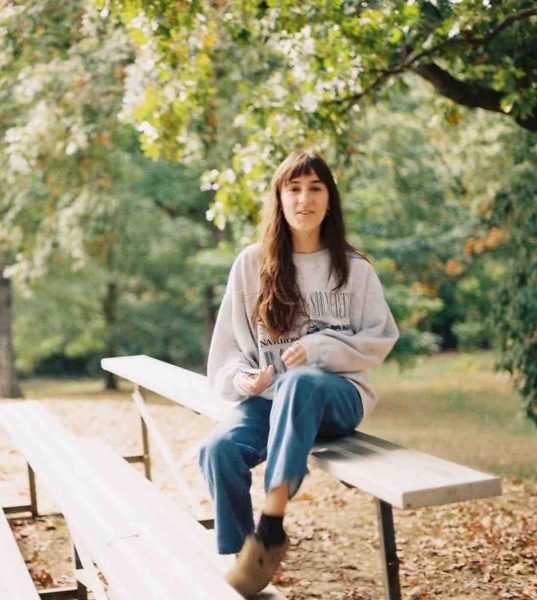
(She/Her)
This is Nora's second year on the Eagle's Eye and first year as a graphic designer. Though she loves making graphics, she also loves to spend...


